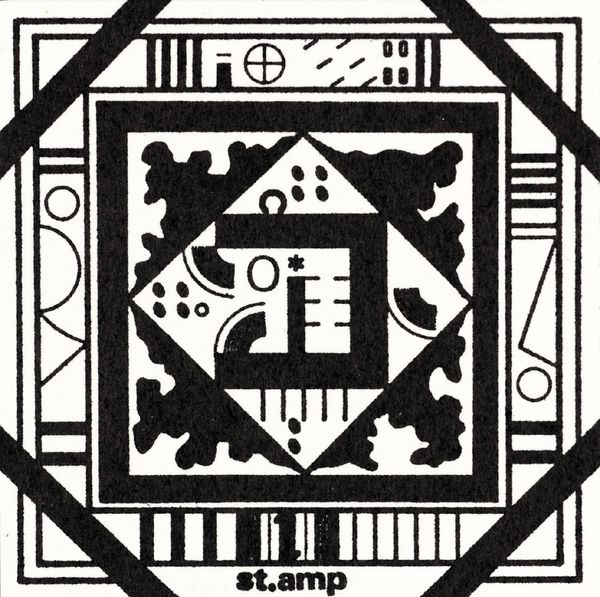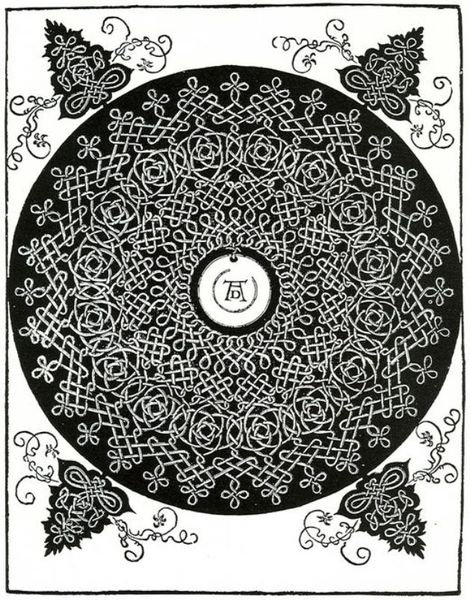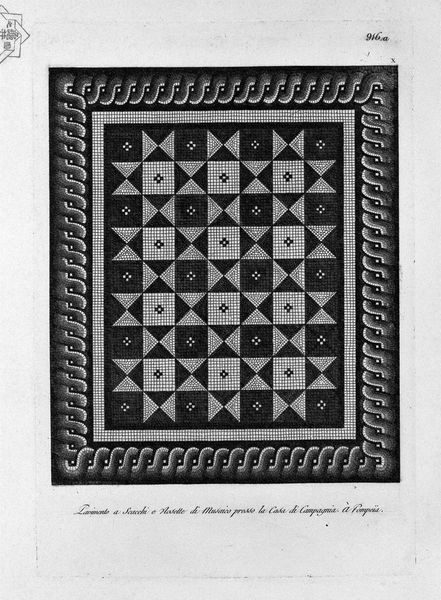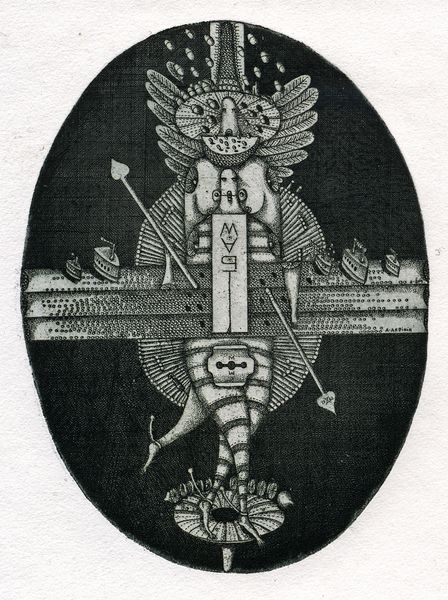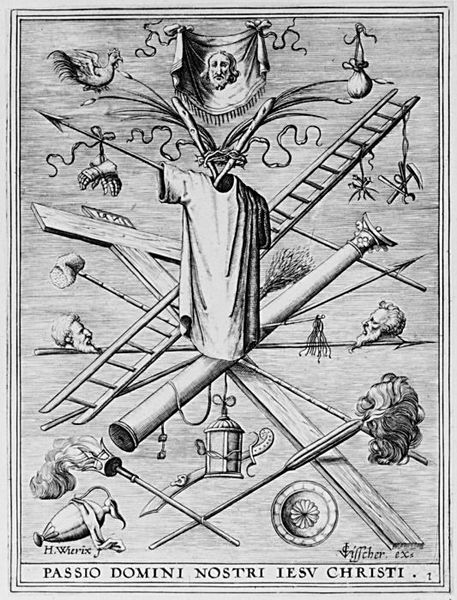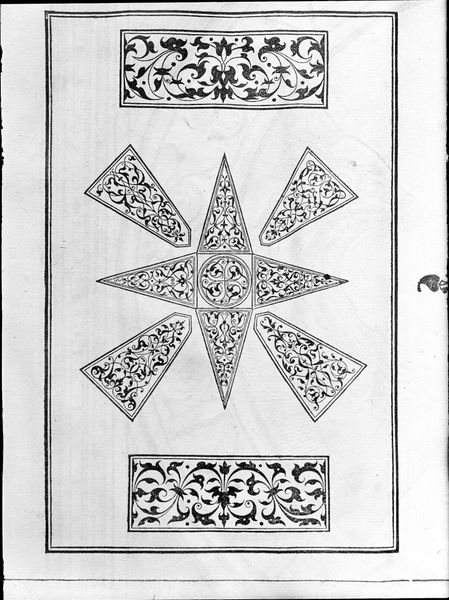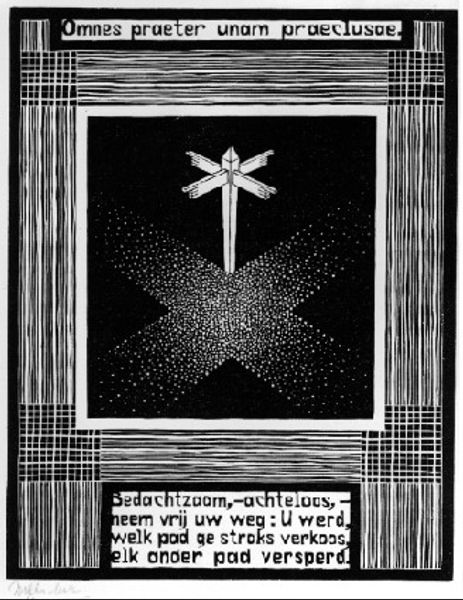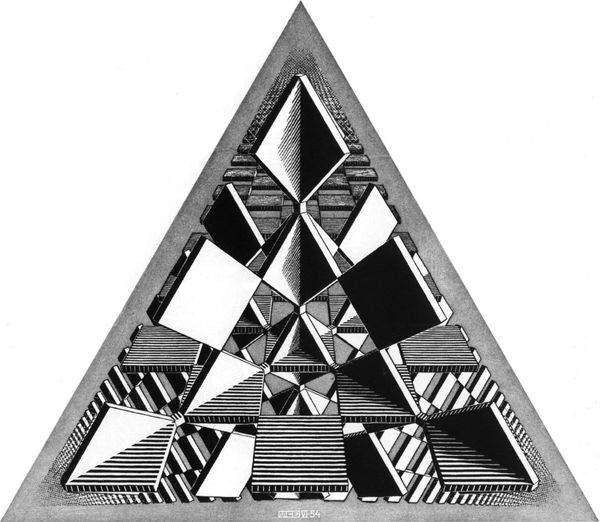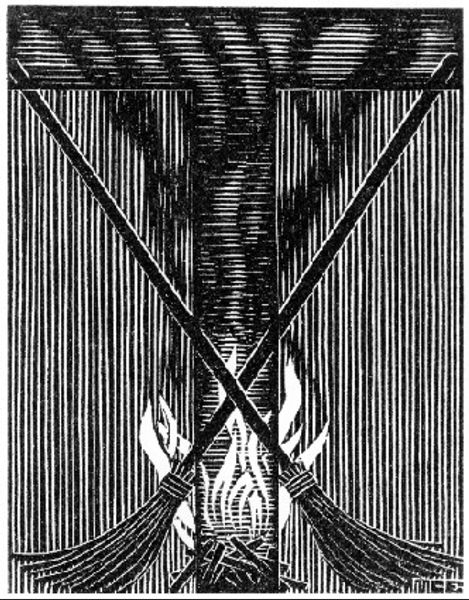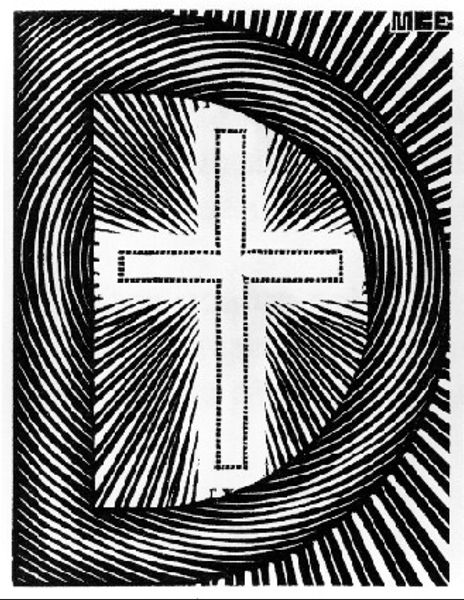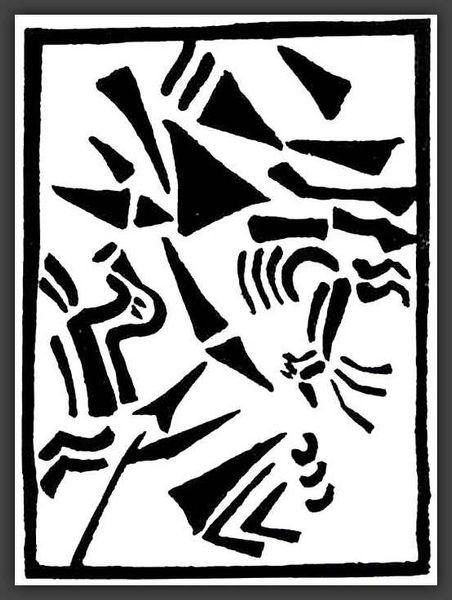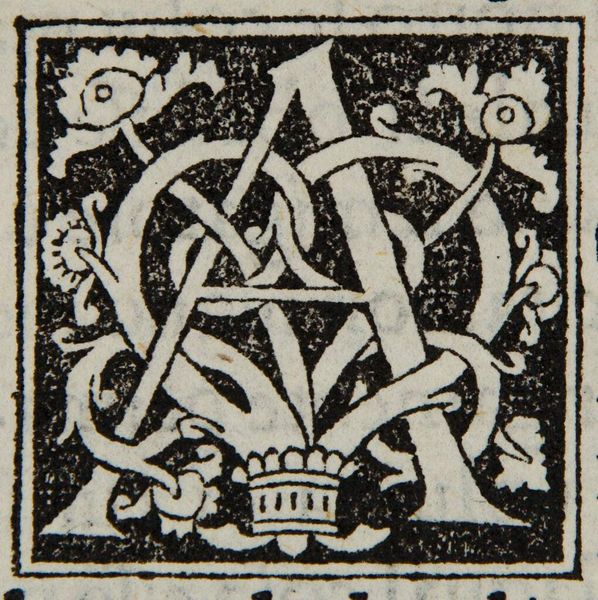
graphic-art, print
#
graphic-art
# print
#
crosshatching
#
geometric
#
repetition of pattern
#
line
#
pattern repetition
Copyright: M.C. Escher,Fair Use
Editor: This is M.C. Escher's "Bookplate A.R.A. Wertheim" from 1954, a print displaying quite intricate geometric and linear detail. The division into two halves, with the scales on one side and the tower on the other, is striking. What meaning do you see in this piece? Curator: I see a dialogue on power and justice, visually expressed through symbols entrenched in patriarchal societal constructs. Scales often represent legal systems that, historically, disproportionately affect marginalized groups. And towers, while sometimes symbols of refuge, can also signify authoritarian control. What does the phrase ‘Semper Idem’ mean to you? Editor: It’s Latin for ‘Always the Same’. Given what you've said, is Escher commenting on unchanging power structures? Curator: Exactly. In 1954, amidst Cold War tensions and continued social inequalities, “Always the Same” carries a weight. It suggests a critique of systems that perpetuate imbalance despite societal progress narratives. Do you think the personal nature of a bookplate influences the message? Editor: I hadn’t considered that. Perhaps Escher intended it as a challenge to Wertheim, embedding a subtle commentary within a personal object. I do wonder why these images? Curator: Think about the personal within the political. Justice, represented by scales, could allude to personal ethics, whereas a tower might speak to ambition and legacy. By embedding it in the personal it almost universalizes the message, don’t you think? Editor: I do. It adds layers of complexity to what initially seemed like a simple design. The personal being political – and artistic commentary, that’s powerful. Curator: Precisely, art, even in the form of a bookplate, engages in dialogues far beyond its apparent purpose.
Comments
No comments
Be the first to comment and join the conversation on the ultimate creative platform.

